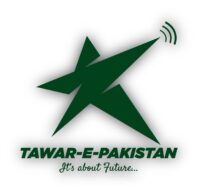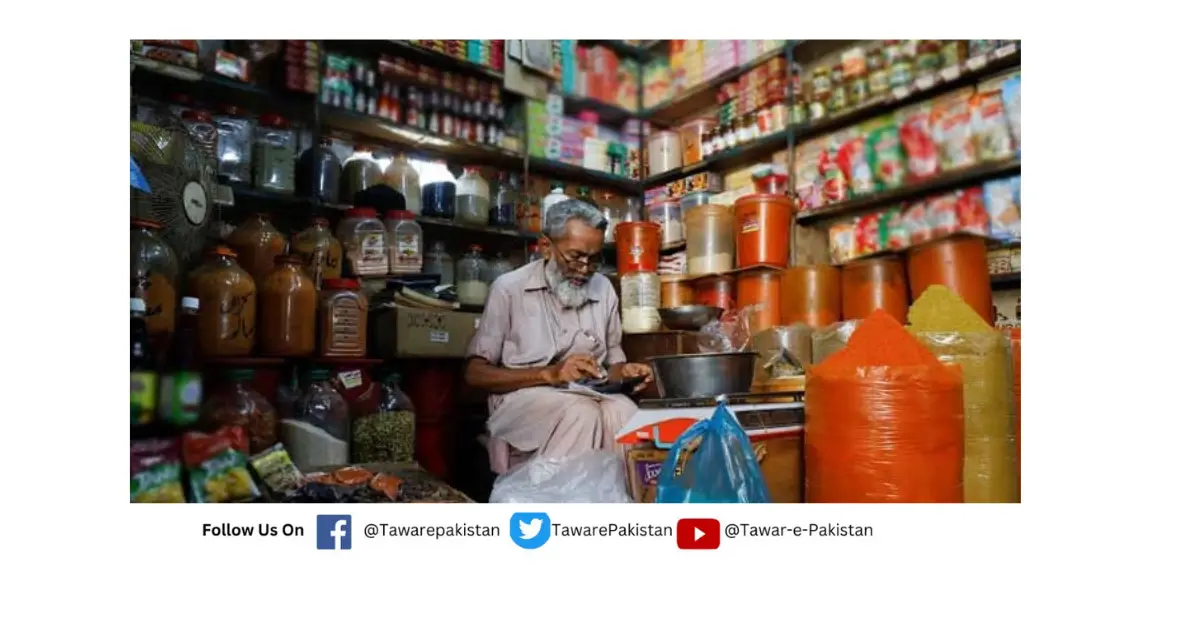Where Locating Our Middle Class?
Middle class is shrinking or virtually disappearing in Pakistan, as earning opportunities for this group are decreasing
The middle class has almost been wiped out in countries like Pakistan owing to multiple reasons ranging from lack of job opportunities in inflation-ridden economies to ever-increasing price hikes and economic crises.
The COVID-19 pandemic is partially responsible for triggering this crisis; in the early years of the pandemic when complete lockdowns were observed all over the world, economies were badly hit due to disruptions, hurdles and turbulence in global supply chains.
There are other factors too that have led to the gradual diminishing of the middle class. High-value technological revolutions backed by IT have emerged to replace the old methods of earning for the middle class. Artificial Intelligence (AI) is poised to further strengthen the digital revolution in the coming days, months and years.
The middle class in any general public is the foundation of the economy, as individuals from this class make a solid effort to scale the stepping stool. In Pakistan, individuals from the working class acquire somewhere in the range of Rs600,000 and Rs1,500,000 yearly. Yet, presently the working class is contracting or essentially vanishing in Pakistan, as acquiring open doors for this gathering are diminishing. This is a terrible sign.
The middle class in monetary terms is a dynamic class, as it guarantees and offers more to financial development through their sheer difficult work for the elevate of the economy. They are productive in nature and endeavor to acquire more to be essential for the higher class, as their definitive objective or dream is to be important for the higher echelon of society.
The significant inquiry is: what comprises the working class in Pakistan? Five pointers give the premise to the assessment of the working class including however not restricted to its admittance to training, occupation, pay, way of life and lodging. The working class in Pakistan is severely experiencing high expansion, joblessness, joblessness, and an obligation ridden and contracting economy.
A few evaluations propose that the lively middle class of Pakistan — customarily comprising of around 35% of Pakistani society — has been cleared out over the most recent four years damaged by various variables, particularly the impacts and delayed consequences of Coronavirus as high expansion, which has dialed back the economy.
The venture environment is likewise severely impacted because of bunch reasons with right around zero speculation coming to the country. This is because of different elements including however not restricted to exorbitant loan costs, falling apart rule of peace and law circumstance, security issues, and political unsteadiness.
There is a long list of reasons to accept that the popular ‘monetary contract killer hypothesis’ is relevant here, which is unfavorably influencing individuals of Pakistan. All the credit programs from global monetary establishments are troubling the economy with always expanding duties, fuelling expansion in the economy.
We are getting credits to repay past obligations and the interest brought about on them. We are caught and packaged into an endless loop of obligation. The severe circumstances joined to such credit programs are seriously influencing the middle class. The financing of social wellbeing net projects through credits is a blunder, as the reasonable monetary development model guaranteeing enablement is seriously impacted because of such projects.
Outside credits ought to have been used for the self-feasible model of monetary development, creating work through industrialisation and speculation and upgrading commodities and creation limit.
The steadily expanding energy duties with swelled power and gas bills have made the existences of common individuals of Pakistan hopeless. The general expansion, particularly food expansion as obvious from the Consumer Price Index (CPI) is at its pinnacle, contacting around 40% to half, pushing center pay individuals underneath the destitution line.
The method for procuring are reducing because of the contracting economy as securing positions has turned into an uncommon item in this cutting edge universe of financial change. Joblessness is again at its pinnacle. Just a little layers of the metropolitan class comprising of individuals having PC or web based information approach new method for procuring as internet business.
This is another peculiarity as we are noticing the development of another little middle class of people utilizing computer based intelligence supported applications and stages to bring in cash, and honestly they are, as a matter of fact, an expectation for the economy.
Exorbitant loan fees as a strategy to control expansion in Pakistan are further pushing individuals beneath the neediness line because of a basic explanation that interest in such strategy rate is preposterous. Furthermore, this absence of interest in the nation set off by such terrible arrangement choices gradually lessens the working class.
Expansion in Pakistan is fundamentally cost-push and imported expansion, as a significant part of our imports comprises of oil and gas from abroad. There is a misinterpretation among policymakers about controlling expansion through the conversion scale and strategy rate components, as global oil and gas costs can’t be managed through the strategy rate system.
Trades from Pakistan are practically inelastic as they can’t be expanded or improved through the huge deterioration or debasement of the cash. That is again a terrible strategy choice.
Pakistan is overall a casual economy, as around 60% to 65% of monetary development is assessed to be contributed by the casual area of the economy, which assumes a significant part in elevating the nation’s working class. One reason for the contracting of the working class is the way that the casual area of financial development has been gravely hit by expanding energy duties and the diminishing worth of the money.
A World Bank report has esteemed the casual economy of Pakistan at about $457 billion of every 2022 as against the all out expense of Pakistan’s Gross domestic product of nearly $300 billion in the conventional area of the economy. The working class flourishes in the casual area, as practically 75% of business and business is in this area, which comprises of retailers, road merchants, limited scope agriculturists and center level business people.
There is a pressing need to help the working class in the country, as a dynamic working class is fundamental for reasonable monetary development. There can’t be a more compelling social wellbeing net for the poor of this country other than the commitment of the working class to monetary development.
The main step is to control expansion to save the working class from the brunt of cost climbs. The strategy rate should be carried down to a solitary digit, preferably to around 5.0% to 6.0%, to help support and create an air that welcomes speculations.
The casual area is the foundation of both the economy and the working class of the country. It should be brought into the expense net after a thoroughly examined process. The dominate subject of the ongoing talk is to save the contracting working class from eradication for the bigger interest of monetary development and the prosperity of individuals.


Comments are closed, but trackbacks and pingbacks are open.